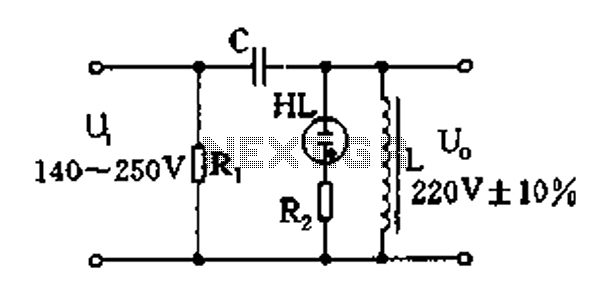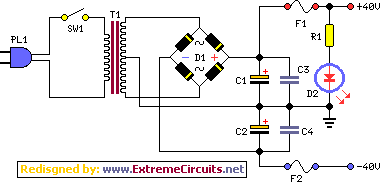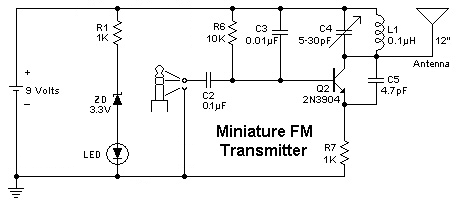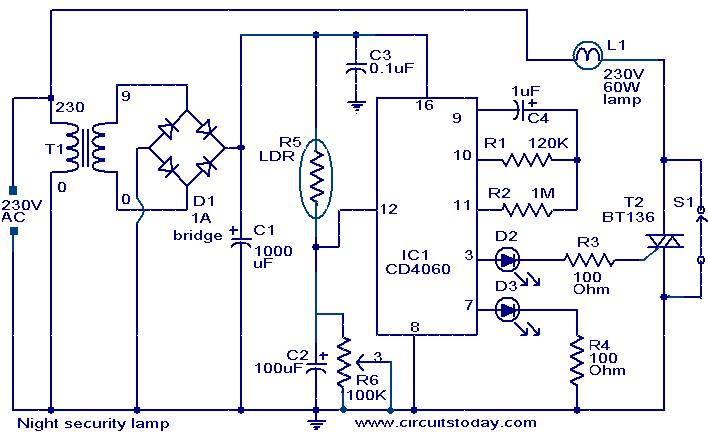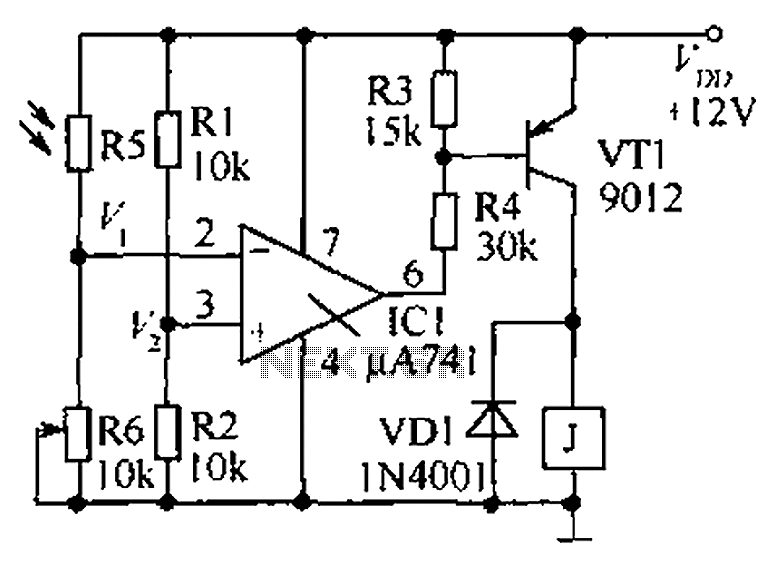
High-voltage isolation switch operation display circuit
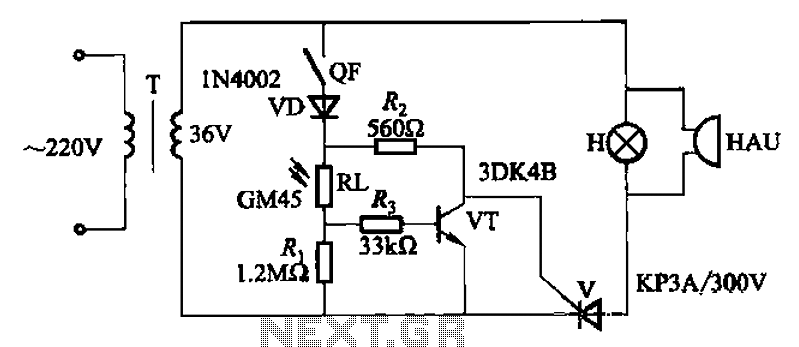
High-voltage isolation switches must not be connected to loads that could create an arc, which may lead to a short circuit between the high-voltage bus and result in accidents that endanger both equipment and personnel safety. Consequently, high-voltage switchgear incorporates mechanical or electrical interlock devices. These devices ensure that the high-voltage circuit breaker and disconnecting switch can only be operated sequentially; the circuit breaker must be in the closed position before the isolation switch can be engaged. This operating sequence is designed to prevent misuse and accidents. Additionally, high-voltage isolation switches are equipped with operation displays, as illustrated in the provided circuit diagram. In this diagram, QF represents the normally open auxiliary contacts of the high-voltage circuit breaker, RL denotes a photosensitive resistor mounted on the isolation switch operating handle, and H is a display lamp with an outer cover that indicates illegal operations or inappropriate settings, which is installed on the cabinet door.
High-voltage isolation switches play a critical role in electrical safety by preventing accidental connections that could lead to arcing and short-circuit conditions. The use of mechanical or electrical interlock devices is essential in high-voltage switchgear to ensure the proper operational sequence is maintained. This prevents the isolation switch from being engaged while the circuit breaker is still closed, which could otherwise lead to dangerous scenarios.
The operation display system enhances safety by providing visual feedback regarding the status of the isolation switch. The auxiliary contacts (QF) of the circuit breaker are utilized to monitor the state of the circuit breaker, ensuring that the isolation switch can only be operated when it is safe to do so. The photosensitive resistor (RL) serves as a feedback mechanism, detecting the position of the operating handle and ensuring that it is in the correct position before any operation can occur.
The display lamp (H) serves as a critical safety feature, alerting operators to any illegal operations or incorrect settings. This lamp is prominently placed on the cabinet door for easy visibility, ensuring that personnel can quickly ascertain the status of the isolation switch and take appropriate action if necessary. The integration of these safety features into high-voltage isolation switch designs is paramount for maintaining operational integrity and protecting both equipment and personnel in high-voltage environments. As we all know, high-voltage isolation switch is not allowed to meet with a load that would otherwise produce arc, causing a short between the high voltage bus road accident, e ndanger the equipment and personal safety. Therefore, high voltage switchgear are taking mechanical or electrical interlock device type, and only when high pressure circuit breaker, disconnecting switch to pull off; the circuit breaker in the closing position, must not be co-isolation switch. Operating sequence order can not be reversed. In order to avoid misuse of the accident, but also made high-voltage isolation switch operation display, the principle of the circuit shown in Figure 13-114.
Figure, QF of high voltage circuit breaker normally open auxiliary contacts; RL is photosensitive resistance, installed in the isolation switch operating handle; H display lamp, an outer cover that read illegal operation, non-suit words, installed in the cabinet door .
High-voltage isolation switches play a critical role in electrical safety by preventing accidental connections that could lead to arcing and short-circuit conditions. The use of mechanical or electrical interlock devices is essential in high-voltage switchgear to ensure the proper operational sequence is maintained. This prevents the isolation switch from being engaged while the circuit breaker is still closed, which could otherwise lead to dangerous scenarios.
The operation display system enhances safety by providing visual feedback regarding the status of the isolation switch. The auxiliary contacts (QF) of the circuit breaker are utilized to monitor the state of the circuit breaker, ensuring that the isolation switch can only be operated when it is safe to do so. The photosensitive resistor (RL) serves as a feedback mechanism, detecting the position of the operating handle and ensuring that it is in the correct position before any operation can occur.
The display lamp (H) serves as a critical safety feature, alerting operators to any illegal operations or incorrect settings. This lamp is prominently placed on the cabinet door for easy visibility, ensuring that personnel can quickly ascertain the status of the isolation switch and take appropriate action if necessary. The integration of these safety features into high-voltage isolation switch designs is paramount for maintaining operational integrity and protecting both equipment and personnel in high-voltage environments. As we all know, high-voltage isolation switch is not allowed to meet with a load that would otherwise produce arc, causing a short between the high voltage bus road accident, e ndanger the equipment and personal safety. Therefore, high voltage switchgear are taking mechanical or electrical interlock device type, and only when high pressure circuit breaker, disconnecting switch to pull off; the circuit breaker in the closing position, must not be co-isolation switch. Operating sequence order can not be reversed. In order to avoid misuse of the accident, but also made high-voltage isolation switch operation display, the principle of the circuit shown in Figure 13-114.
Figure, QF of high voltage circuit breaker normally open auxiliary contacts; RL is photosensitive resistance, installed in the isolation switch operating handle; H display lamp, an outer cover that read illegal operation, non-suit words, installed in the cabinet door .
